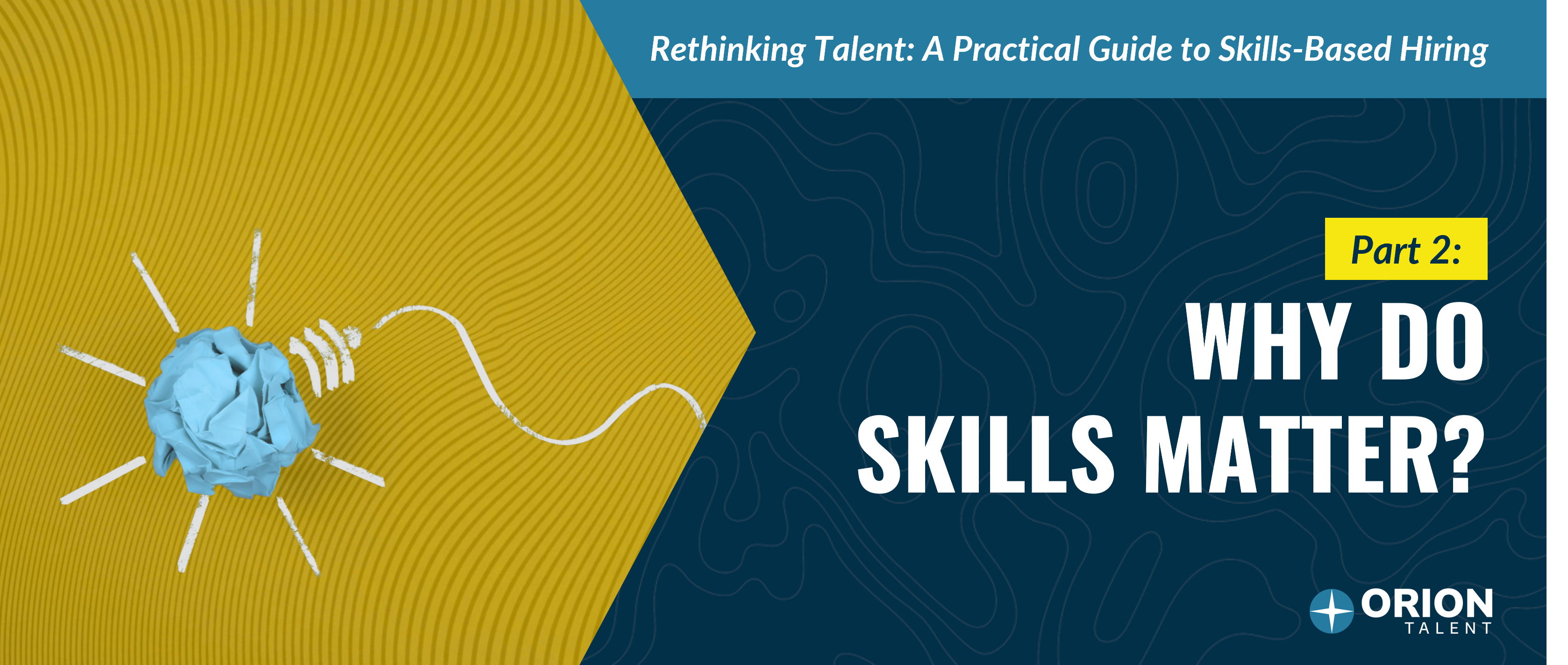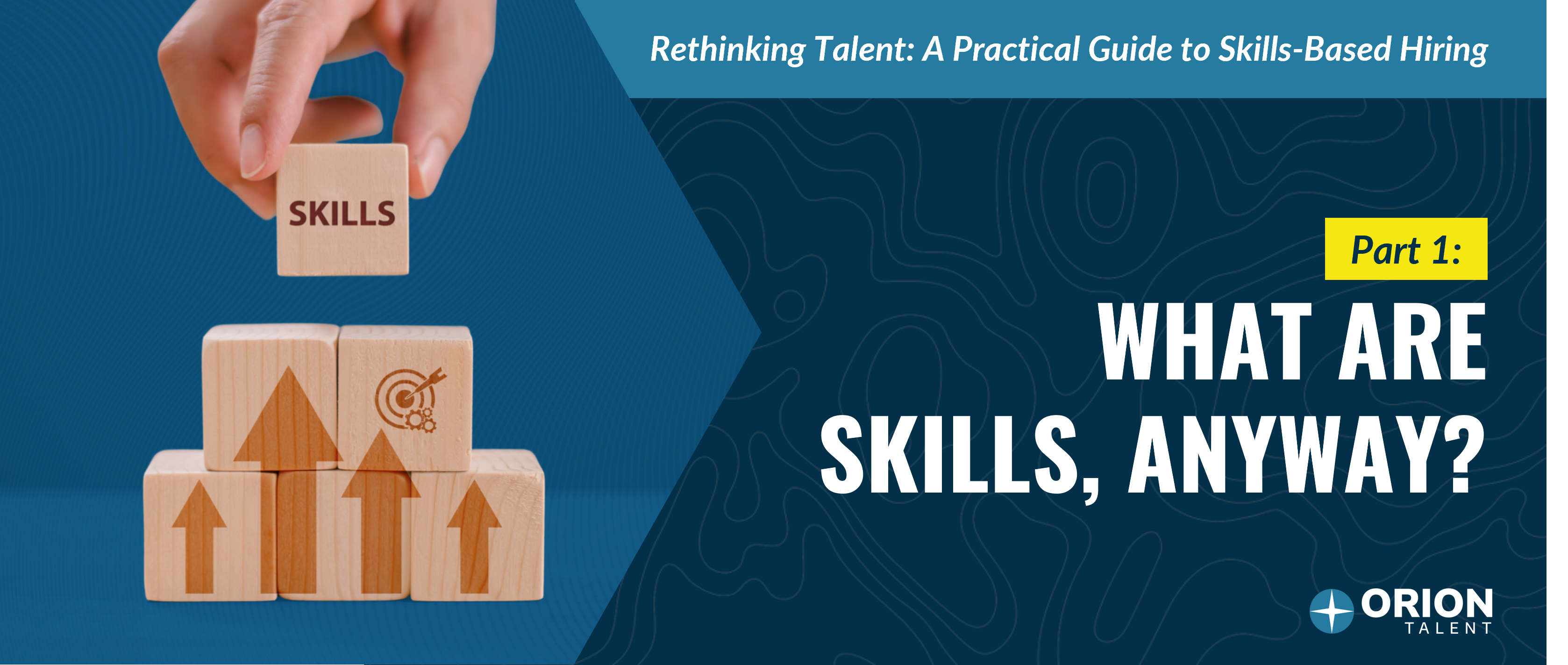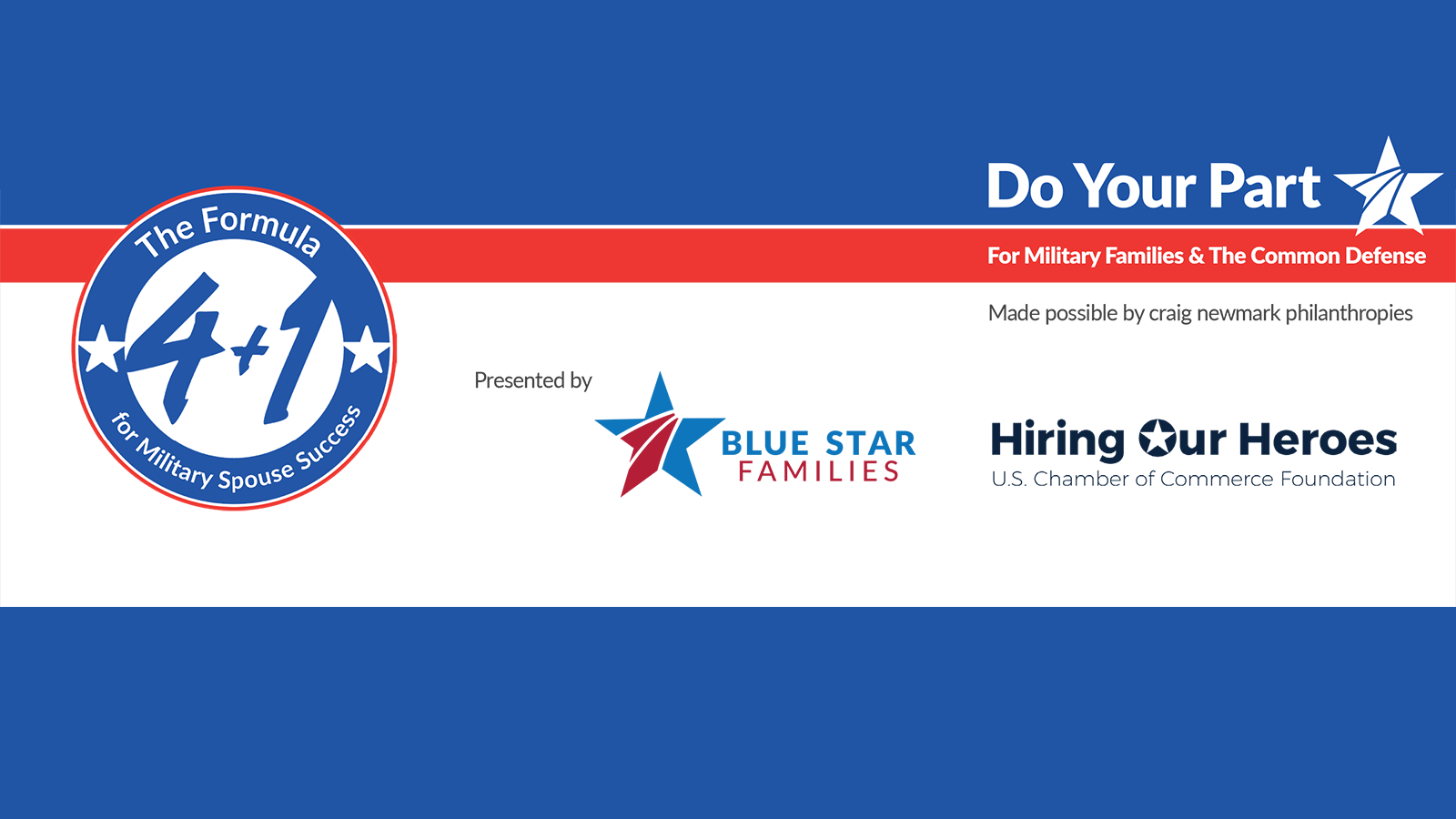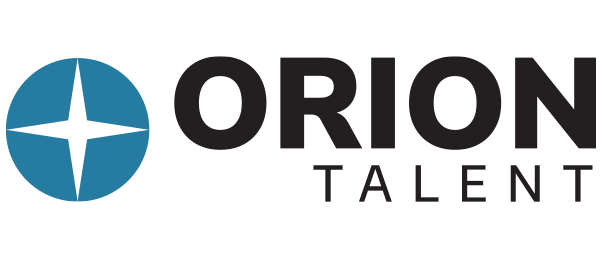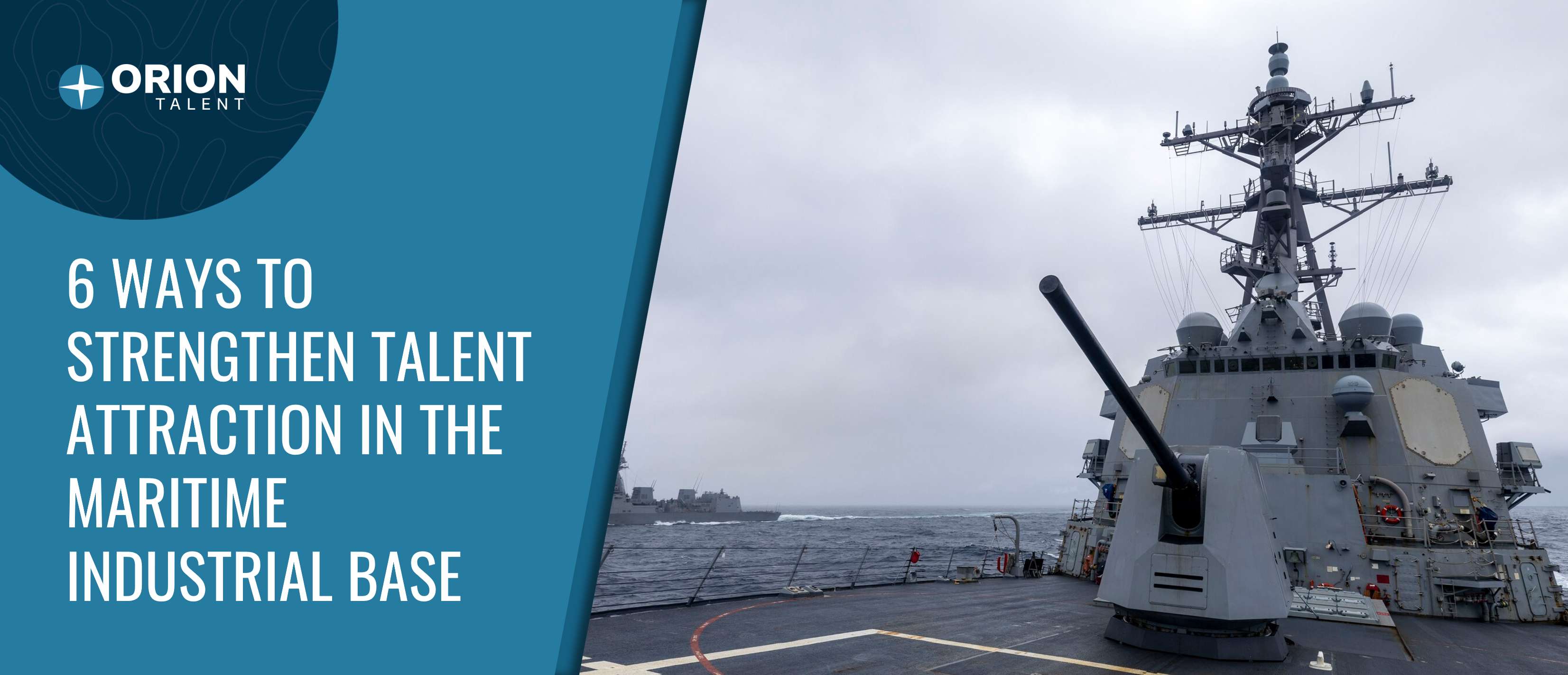
By Tim Sweeney, VP of Business Development, Orion Talent
The U.S. Navy ship and submarine manufacturing industry faces an unprecedented workforce challenge. Over the next decade, the industry must hire more than 10,000 workers annually to meet critical ship and submarine production goals. Without immediate and strategic action, the long-term viability of shipbuilding for national defense could be at risk.
The Growing Workforce Shortage
One of the most pressing issues facing the shipbuilding industry today is the lack of available workers. The time required to build Navy ships and submarines has nearly doubled in recent years, partly due to workforce shortages. The shipbuilding industry has not faced a labor challenge of this magnitude since the 1980s, making it imperative to address these hiring difficulties head-on.
High-demand skilled labor roles, such as welders, pipefitters, electricians, and machinists, are critically understaffed. As older workers retire, a limited pipeline of trained replacements widens the gap, threatening production timelines and national security.
Key Challenges in Recruitment
The obstacles to recruiting skilled workers in Navy shipbuilding and its supplier network are numerous:
- Compensation and Work Environment: While shipbuilding jobs offer stable employment, they often struggle to compete with industries that offer higher salaries and more flexible work arrangements.
- Competition for Talent: Industries such as manufacturing, aerospace, aviation, data centers, alternative energy, semiconductors, medical devices, pharmaceuticals, construction, and HVAC are aggressively competing for the same skilled labor force. The passage of the CHIPS Act and the Infrastructure Bill has further driven demand for skilled workers, intensifying competition.
- Limited Appeal for Entry-Level Workers: Many entry-level opportunities in retail and other industries now offer starting wages of $20 per hour with benefits, making shipbuilding a less attractive option for new workers.
- Work Flexibility: Shipbuilding jobs often require rigid schedules and physical on-site work, making them less attractive to younger generations who seek remote or hybrid work options.
- Inflation: Rising living costs put additional pressure on wages, making it difficult for shipbuilding firms to offer competitive salaries without significantly increasing production costs.
- Post-COVID Workforce Shifts: The pandemic accelerated a trend away from manufacturing jobs due to rigid schedules and lower pay. With more opportunities offering flexible or remote work, labor shortages in manufacturing plants and shipyards worsened nationwide.
Solutions for Strengthening Recruitment
To address these challenges, the industry must implement a multi-pronged strategy that focuses on attracting and retaining talent. Key solutions include:
- Enhanced Messaging and Industry Branding
- Shipbuilding is a vital industry that plays a crucial role in supporting national security and our military. Emphasizing the patriotic aspect of the work can inspire a new generation of skilled laborers to join the field.
- Modern marketing strategies, including digital campaigns and social media outreach, should be leveraged to highlight the benefits of careers in shipbuilding.
- Improving Candidate Experience
- Streamlining the hiring process and making it more applicant-friendly can help attract more candidates.
- Providing career progression opportunities and training programs can make shipbuilding jobs more attractive for long-term employment.
- Competitive Compensation and Benefits
- Offering wage increases and better benefits packages can help attract and retain skilled workers.
- Additional incentives such as hiring bonuses, tuition reimbursement, and career development programs should be considered.
- Strategic Partnerships with Training Centers and Community Colleges
- Investing in workforce development programs and apprenticeships will help create a pipeline of skilled workers.
- Strengthening partnerships with vocational schools and community colleges will ensure that more students are trained and prepared for shipbuilding careers.
- Companies must also expand their search for skilled talent and invest in applicants who have potential, providing on-the-job training and development opportunities.
- Targeted Recruitment of Veterans and Military Talent
- Many military occupations align closely with skilled trades needed in shipyards, including welding, electrical work, and mechanical maintenance.
- Establishing partnerships with military transition programs, veteran job placement services, and apprenticeship programs specifically tailored for veterans can help create a stronger pipeline of skilled talent.
- Offering tailored benefits such as relocation assistance, on-the-job training, and certification programs for military personnel can further incentivize veterans to join the shipbuilding workforce.
- Leveraging Technology and Artificial Intelligence
- AI-powered recruitment tools can help shipbuilding companies reach larger pools of talent and provide a better candidate experience.
- Advanced data analytics can be used to target skilled workers based on experience, location, and job preferences, making recruitment campaigns more effective.
- Virtual and augmented reality tools can be used for training and onboarding, allowing new employees to experience shipbuilding environments before they even set foot in a shipyard.
Conclusion
The shipbuilding industry must act swiftly to address its workforce challenges, needing over 10,000 new hires annually for the next decade. By enhancing messaging, improving candidate experience, increasing compensation, building educational partnerships, targeting veterans, and using AI-driven tools, the industry can attract and retain the workforce needed to thrive. This is not just about production goals – it’s about safeguarding national security.
Visit us online to learn about Orion Talent’s Navy-funded partnership with BlueForge Alliance (BFA), which focuses on recruiting next generation workforce members and securing top talent for critical roles across the Maritime Industrial Base (MIB) supply base.
Archives
- December 2025
- November 2025
- October 2025
- September 2025
- August 2025
- July 2025
- June 2025
- May 2025
- April 2025
- March 2025
- February 2025
- October 2024
- May 2024
- March 2024
- February 2024
- January 2024
- December 2023
- November 2023
- October 2023
- September 2023
- August 2023
- July 2023
- June 2023
- May 2023
- April 2023
- March 2023
- February 2023
- January 2023
- December 2022
- November 2022
- October 2022
- September 2022
- August 2022
- July 2022
- June 2022
- May 2022
- April 2022
- March 2022
- February 2022
- January 2022
- December 2021
- November 2021
- October 2021
- September 2021
- August 2021
- July 2021
- June 2021
- May 2021
- April 2021
- March 2021
- February 2021
- January 2021
- December 2020
- November 2020
- October 2020
- September 2020
- August 2020
- July 2020
- June 2020
- May 2020
- April 2020
- March 2020
- February 2020
- January 2020
- December 2019
- November 2019
- October 2019
- September 2019
- August 2019
- July 2019
- June 2019
- May 2019
- April 2019
- March 2019
- February 2019
- January 2019
- December 2018
- November 2018
- October 2018
- September 2018
- August 2018
- July 2018
- June 2018
- May 2018
- April 2018
- March 2018
- February 2018
- January 2018
- December 2017
- November 2017
- October 2017
- September 2017
- August 2017
- July 2017
- June 2017
- May 2017
- March 2017
- February 2017
- January 2017
 RSS Feed
RSS Feed


